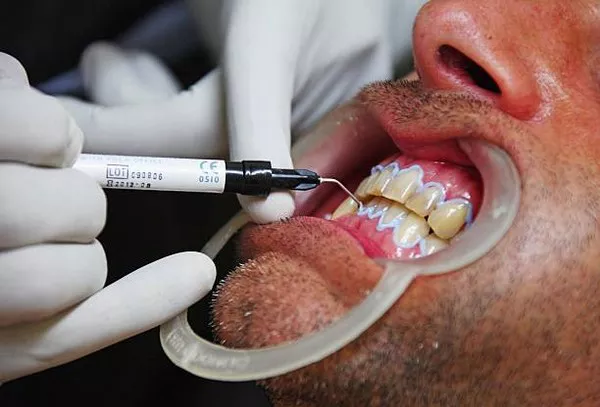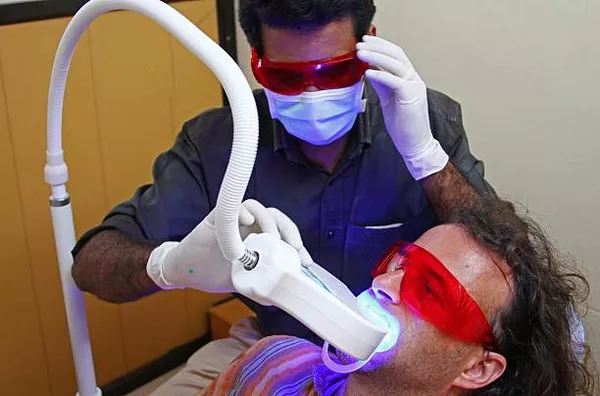Orthodontic services refer to the specialized field of dentistry that focuses on diagnosing, preventing, and correcting misaligned teeth, jawbones, and other orthodontic-related issues. Orthodontic treatments can address a wide variety of dental issues, ranging from simple cosmetic concerns to more severe bite problems that can affect a person’s oral health and overall quality of life.
The aim of this article is to provide an overview of what is considered orthodontic services, the types of orthodontic treatments available, and their potential benefits for patients.
What is Considered Orthodontic Services?
Orthodontic services encompass a range of treatments and procedures designed to correct malocclusions, or improper bites, caused by misaligned teeth, jawbones, or both. Some common orthodontic issues that are treated with orthodontic services include:
Overbite: This occurs when the upper front teeth protrude over the lower front teeth. An overbite can lead to wear of the lower teeth and gum recession in some cases.
Underbite: This is when the lower teeth protrude beyond the upper teeth, resulting in an abnormal bite. An underbite can cause speech difficulties and make it difficult to chew food properly.
Crossbite: This occurs when the upper and lower teeth do not meet correctly, causing them to overlap. A crossbite can lead to tooth wear, gum recession, and uneven jaw growth.
Open bite: In this case, the front teeth, both upper and lower, do not touch when the mouth is closed. An open bite can cause speech difficulties and make it difficult to chew food properly.
Crowding: This occurs when there is not enough room in the mouth for all the teeth to fit comfortably. Crowding can cause tooth decay, gum disease, and difficulty cleaning teeth properly.
Other orthodontic issues include spacing between teeth, extra teeth, missing teeth, and impacted teeth.
Types of Orthodontic Treatments
Orthodontic treatments can be categorized as either fixed or removable appliances. Fixed appliances are attached to the teeth and cannot be removed by the patient, while removable appliances can be taken out by the patient for cleaning and other reasons.
Braces: Braces are the most common type of orthodontic treatment. They consist of brackets that are bonded to the teeth and wires that connect the brackets. The wires are tightened over time to gradually move the teeth into their correct position.
Invisalign: This is a type of clear aligner that is custom-made for each patient. Invisalign aligners are virtually invisible and can be removed for eating and cleaning.
Retainers: Retainers are used after braces or Invisalign treatment to hold the teeth in their new positions and prevent them from shifting back.
Palatal expanders: These are devices that are used to widen the upper jaw to create more space for crowded teeth.
Headgear: Headgear is a device that is used to correct severe overbites and underbites by applying pressure to the upper or lower jawbone.
Benefits of Orthodontic Services
Orthodontic services offer several benefits to patients, including:
Improved oral health: By correcting misaligned teeth and bite issues, orthodontic services can improve overall oral health and reduce the risk of tooth decay, gum disease, and other dental problems.
Enhanced appearance: Orthodontic treatments can improve the appearance of teeth and enhance a person’s smile, which can boost confidence and self-esteem.
Better speech: Misaligned teeth can affect speech, but orthodontic treatment can help correct these issues and improve speech clarity.
Reduced pain and discomfort: Addressing jaw alignment issues and bite problems can reduce pain and discomfort in the jaw, neck, and shoulders.
Improved chewing and digestion: Properly aligned teeth can improve a person’s ability to chew food properly, which can aid digestion and reduce the risk of digestive problems.
What is considered an orthodontic procedure?
An orthodontic procedure refers to any dental treatment that involves correcting misaligned teeth and jaws. Orthodontic procedures are typically performed by an orthodontist, a dental specialist who has received additional training beyond dental school to diagnose, prevent, and treat malocclusions (bad bites).
Some common orthodontic procedures include:
- Braces: Braces are the most common orthodontic treatment used to straighten teeth. They consist of brackets that are bonded to the teeth and connected by wires that apply pressure to move the teeth into the correct position.
- Invisalign: Invisalign is an alternative to braces that uses clear, removable aligners to straighten teeth. These aligners are custom-made for each patient and gradually shift the teeth into the desired position over time.
- Retainers: Retainers are devices used to maintain the position of the teeth after braces or other orthodontic treatments. They are typically worn at night and can help prevent the teeth from shifting back into their original position.
- Palatal expanders: Palatal expanders are used to widen the upper jaw in children and young adults whose jaws are still growing. This can help create more space for permanent teeth to come in and improve the alignment of the teeth.
- Headgear: Headgear is a device that attaches to braces and helps adjust the position of the jaw. It is often used in combination with braces to correct severe overbites or underbites.
Orthodontic procedures can vary depending on the individual needs of each patient. Your orthodontist will work with you to develop a treatment plan that best suits your specific situation.
Conclusion
Orthodontic services play an important role in improving dental health and overall wellbeing. By addressing jaw alignment issues, bite problems, and misaligned teeth, orthodontic treatments can improve oral health, enhance appearance, and boost confidence and self-esteem. Patients interested in orthodontic treatment should consult with an experienced orthodontist to determine the best course of treatment for their individual needs.
Related Topics:





























